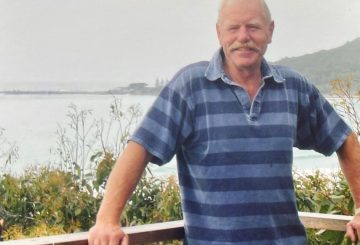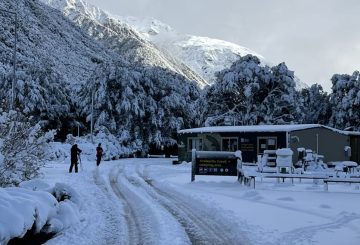Pinupuna ni Te Pāti Māori ang pag-aangkin ng gobyerno na ang hinihiling sa mga lokal na konseho na tanungin ang mga residente tungkol sa mga ward ng Māori ay demokratiko. Inakusahan ng isang MP mula sa partido ang mga MP ng gobyerno na nagmula sa Māori na nagkaroon ng “internalize” na rasismo patungo sa kanilang sariling kultura.
Noong Martes, pinasa ang Local Government Amendment Bill ng pamahalaan ng koalisyon. Hinihiling ng batas na ito ang mga konseho na nagtatag ng mga ward ng Māori nang walang mga lokal na botohan na magsagawa ng botohan o alisin ang mga ward.
Sinabi ng Ministro ng Pamahalaan ng Lokal na si Simeon Brown na ang nakaraang gobyerno ng Labor ay gumawa ng “mga pagbabago na naghahati” na inalis ang mga tinig ng komunidad sa pagtatatag ng mga ward ng Māori, na sinasabing niyang pinapina ang demokras Sinabi niya na ngayon ay isang “mahusay na araw para sa lokal na demokrasya.”
Gayunpaman, nagtalo ng Te Pāti Māori MP Mariameno Kapa-Kingi na sinusuportahan ng gobyerno ang demokrasya lamang kapag maginhawa ito para sa kanila. Tinanong niya kung bakit hindi hamon ang mga lupon sa kanayunan, na nagpapakita ng hindi pagkakapare-pareho sa kahulugan ng gobyerno ng demokrasya.
Nauna nang natapos ng Labour Party ang pangangailangan para sa isang referendum tungkol sa mga ward ng Māori, na nagtatalo na ang iba pang mga ward, tulad ng mga ward sa kanayunan, ay hindi nangangailangan ng boto. Pinuna ng pinuno ng Labor na si Chris Hipkins ang bagong batas, na sinasabi na iba’t ibang tinatrato nito ang Māori kumpara sa mga hindi Māori at inaangkin na dapat tratuhin nang pantay ang lahat.
Itinanggi ni Hipkins na mayroong “dagdag na boto” ang mga Māori sa kanilang sariling ward, na nagsasabi na ang lahat ay nakakakuha pa rin ng isang boto lamang sa alinman sa isang Maori ward o isang pangkalahatang ward.
Ang panukalang batas ay bahagi ng mga kasunduan na ginawa sa mga partido ng ACT at NZ First, na parehong may mga Māori MP sa tabi ng National.
Binigyang-diin ni Kapa-Kingi ang halaga ng representasyon ng Māori sa lokal na pamahalaan, na sinasabi na ang mga ward ng Māori ay gumana nang maayos at may malakas na suporta sa komunidad. Ipinagtanggol ng National MP na si James Meager ang panukalang batas, na nagsasabi na naniniwala si Te Pāti Māori na mayroon lamang silang tamang pananaw sa pagiging Māori.
Sinabi niya na dapat pahalagahan ang lahat ng mga pananaw, anuman ang etniko o background, at dapat bigyan ng panukalang batas ng panukalang batas ang mga lokal na komunidad sa paglikha ng mga ward ng Māori.
Pinuna ni Kapa-Kingi ang mga komento ni Meager bilang nagmula sa “internalisadong rasismo” at binanggit na ang kanyang pananaw ay sumasalamin sa isang mas malawak na ginhawa na may pribilehiyo.
Tumugon si Meager, na sinasabi na mas gugustuhin niyang tumuon sa mga isyu na mahalaga sa kanyang elektorato kaysa tumugon sa mga pahayag ni Kapa-Kingi.






























































